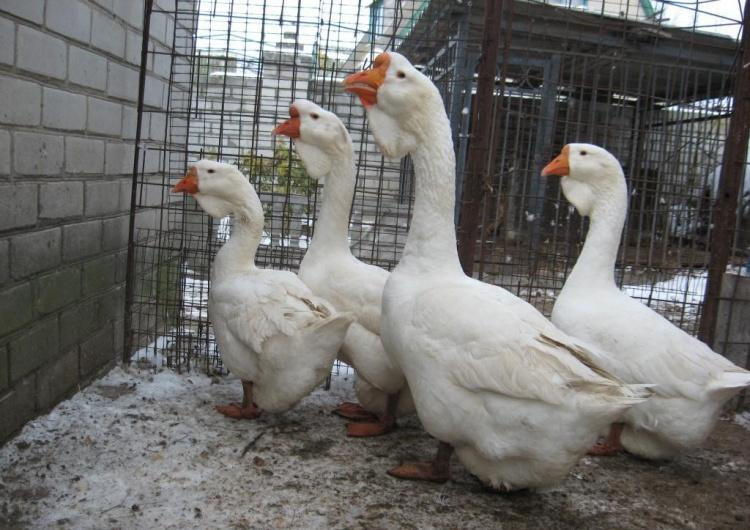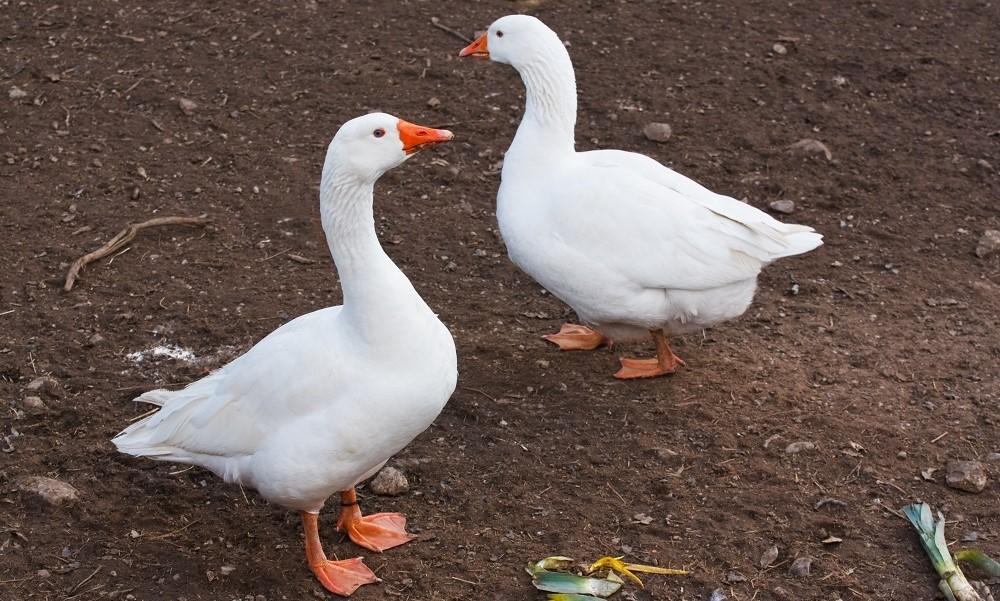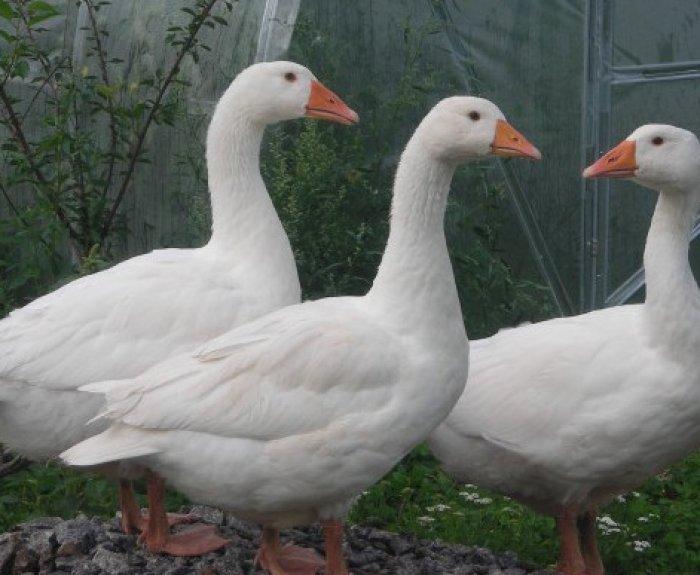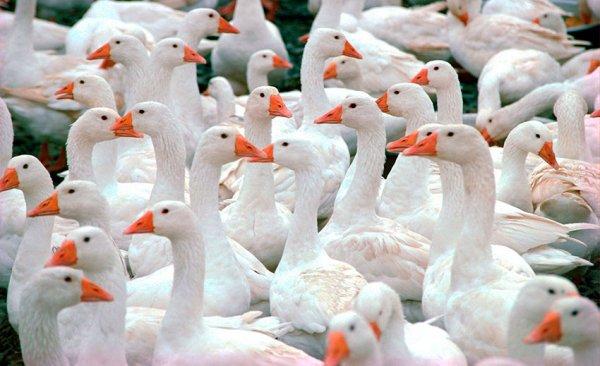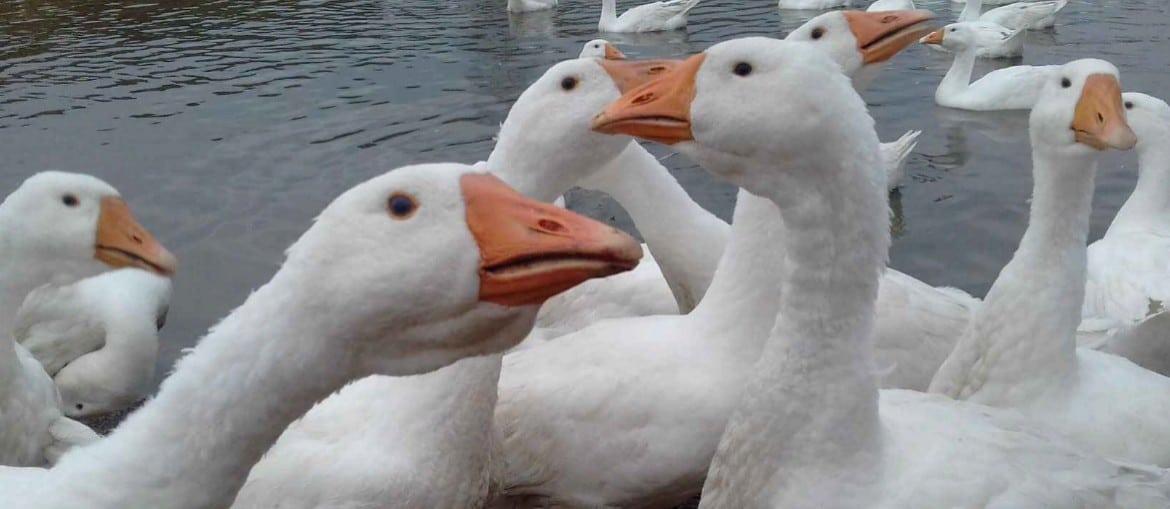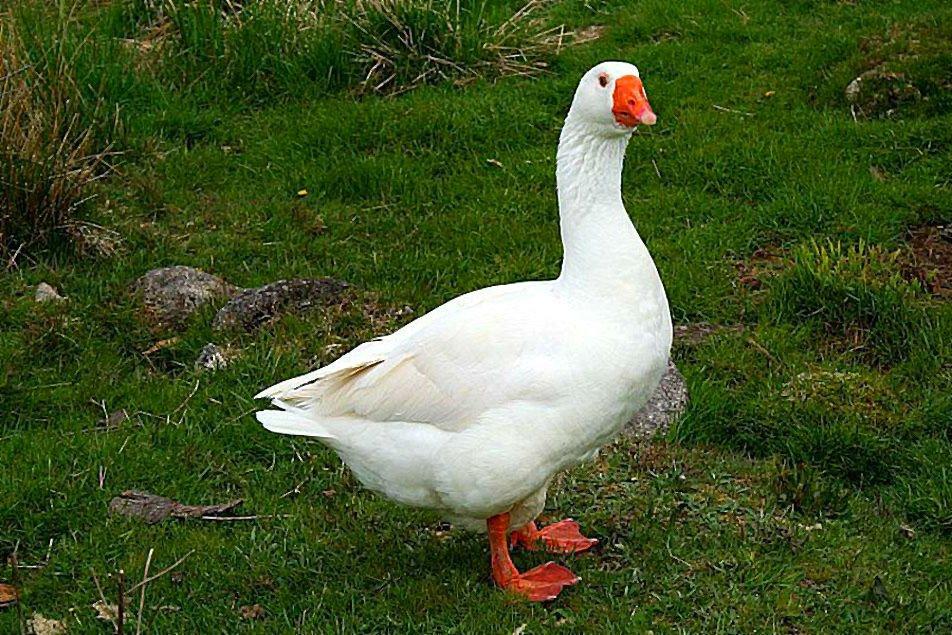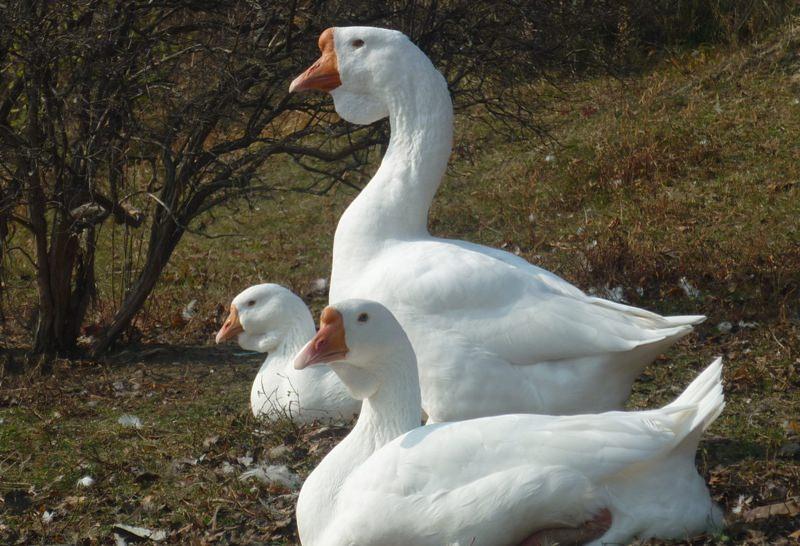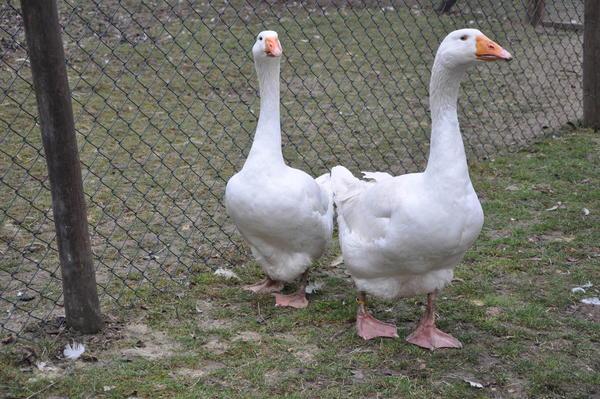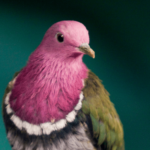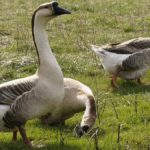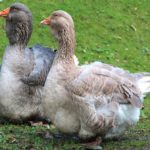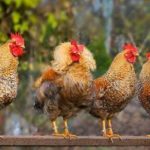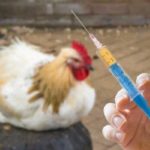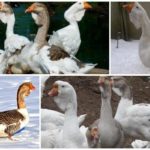Wild white geese – migratory birds, common in the circumpolar and polar regions of the Northern Hemisphere, in Russia, Canada, the USA (winters in California) and Greenland. But in agriculture, another representative of the genus with plumage of a similar color is used. It is a white domestic goose that has several different breeds with similar appearance but different characteristics.
Features of white breeds
At first glance, the breeds are similar, but they have dozens of differences in the following points:
- Belonging to the meat or egg direction. Some are grown for fatty liver, which can reach a weight of 500-600 grams. It is used to create a traditional French delicacy - foie gras.
- Body mass. If a wild white goose barely reaches 4 kilograms, then its domestic relative, depending on the breed, can weigh from 5 to 10 and a record 12 kilograms.
- Egg production. This figure ranges from 25 to 70 eggs.
- The hatchability of chicks from clutch is also strikingly different: 50-80%.
Despite these differences, all breeds of white geese have similar characteristics and common features. They are united not only by the same color, but also by the rapid growth of the chicks, rapid weight gain, and belonging to the meat type, since these birds are extremely rarely used in a highly specialized manner - only for obtaining eggs.
This is due not only to the fact that goose eggs are rarely used for food, but also to the meager number of clutches per year. Even the best laying hens do not lay more than 90 eggs, and this is extremely small compared to representatives of other types of poultry.
Best representatives
Based on many years, and sometimes centuries, of selection, breeds of white geese have been developed that have a number of excellent qualities. Thanks to them, birds are widespread and grown in almost all countries on our planet.
Adler geese
The ancestors of this breed had too fatty meat and a meager number of eggs in the clutch. To improve their performance, they were crossed with Solnechnogorsk and large grays. The resulting hybrid was called Adler, after its original roots.
The birds are adapted to hot climates and are common in the Krasnodar region.
Governor's
Chicks have a grayish spot, while adults of the breed are pure white. They have a wide back, a small head, legs and beak of an orange hue. The birds are not large, but they are active.
Danish legart
These are large white geese, bred relatively recently, belonging to the meat category. It is recommended that poultry farmers with experience keep them, because the breed requires a special approach and knowledge.
Italian whites
These are solid, snow-white birds with bright orange beaks and feet. They are popular because they have useful qualities and characteristics.
Italian white geese are a productive breed, suitable even for a beginner in poultry breeding.
Ural whites
Geese of this breed are also often called Shadrinsky, according to the place where they were obtained. Even though there are Ural white geese For several centuries now, the breed has not become widespread.
The most important feature of white geese of this breed is their adaptability to living in the rather harsh conditions of the Ural region. But it is precisely this quality that makes the breed at the same time rare.
Rhineland
This breed of geese was bred on the basis of endemic ones, especially for industrial cultivation and breeding.
Kholmogorsky
Geese of this breed can be white or gray (brownish, with a characteristic feather pattern, especially on the wings and sides, with a wide gray stripe along the neck). Both varieties are distinguished by excellent qualities, but the white variety is considered more valuable.
These are birds with a massive body, a long neck, a fairly large head with a specific bump on the forehead and a skin pouch under the beak.
Emdenskaya
These geese were bred in Germany, have a massive body with a flat back, a dewlap under the beak and a fat fold on the stomach. The beak and legs are orange, the plumage is pure white. These birds are bred for their meat.
The variety of breeds of white geese with specific qualities and characteristics makes it possible to choose a suitable option for rearing on an industrial scale, on farms and in private plots.

